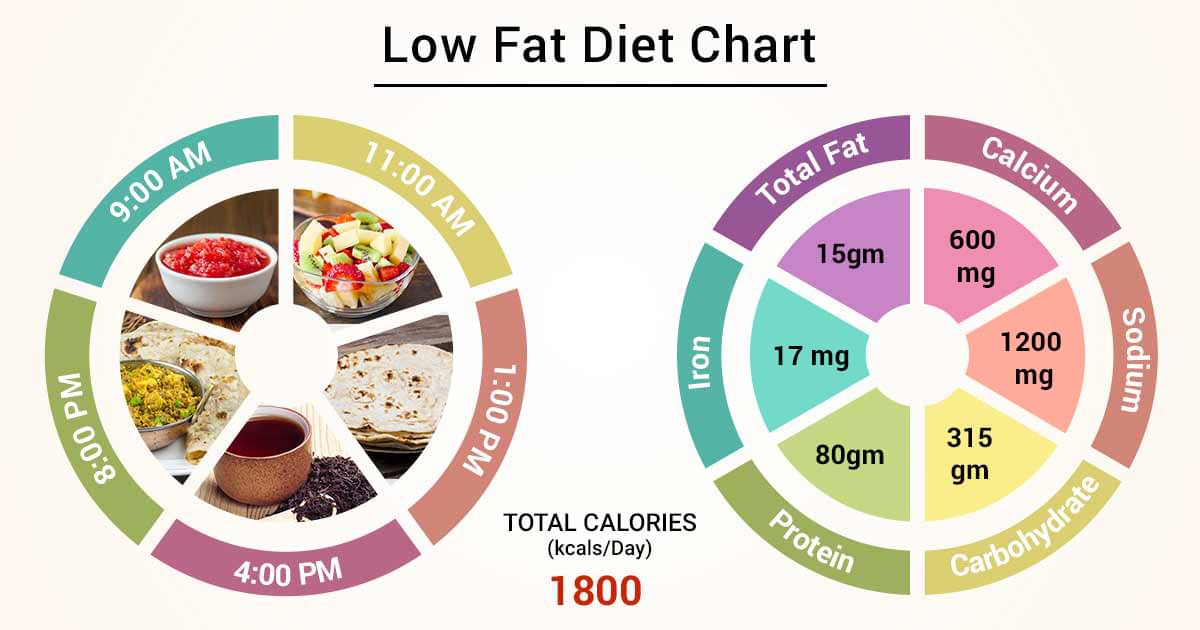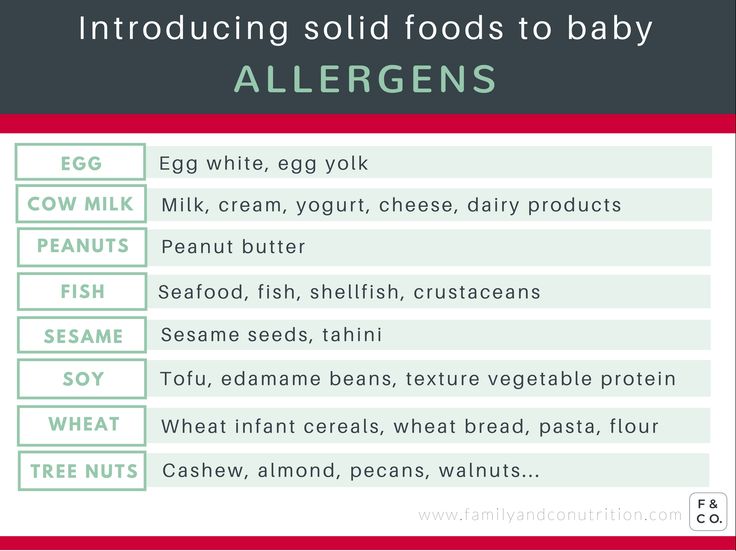How to tell if baby has food intolerance
Food intolerances in babies | Baby & toddler, Your baby’s health articles & support
It can be hard to tell if your child has a food intolerance or an allergy. We look at signs of a food intolerance, what you can do to help and how to cope.
What is a food intolerance?
Having a food intolerance means the body finds it hard digesting a particular food or foods. This causes a reaction and unpleasant symptoms (NHS, 2019a). A food intolerance isn’t the same as a food allergy because no immune system reaction takes place (NHS, 2019a).
It can be hard to diagnose a food intolerance, as symptoms could be caused by something else and there are no tests for it.
What are the symptoms of a food intolerance?
Symptoms usually occur some time after eating the food. Compared with an allergic reaction, a larger amount of food is needed to trigger symptoms and these are never life-threatening.
The symptoms of a food intolerance are different to those of allergies and may include repeated episodes of:
- diarrhoea
- tummy pain
- skin rashes and itching
- passing wind often
- bloating.
(NHS, 2019a)
The most commonly suspected intolerance in babies and small children is lactose intolerance.
What is lactose intolerance?
Lactose is a sugar found in all milks. It's made by the mother’s body and is not related to her diet (Australian Breastfeeding Association, 2017).
Lactose intolerance is not the same as cow's milk protein allergy. Someone with lactose intolerance does not make enough of the enzyme lactase, which is needed to digest lactose (NHS, 2019b).
This means undigested lactose ferments in the gut and produces acids and gases, resulting in liquid/frothy/green poos, farting and discomfort.
Primary lactose intolerance
Primary lactose intolerance is caused by a gradual decrease in lactase production, which happens as a child's diet becomes less reliant on milk and dairy products (NHS, 2019b). It is rare in babies (First Steps Nutrition Trust, 2019) and usually happens after the age of two years old (NHS, 2019b).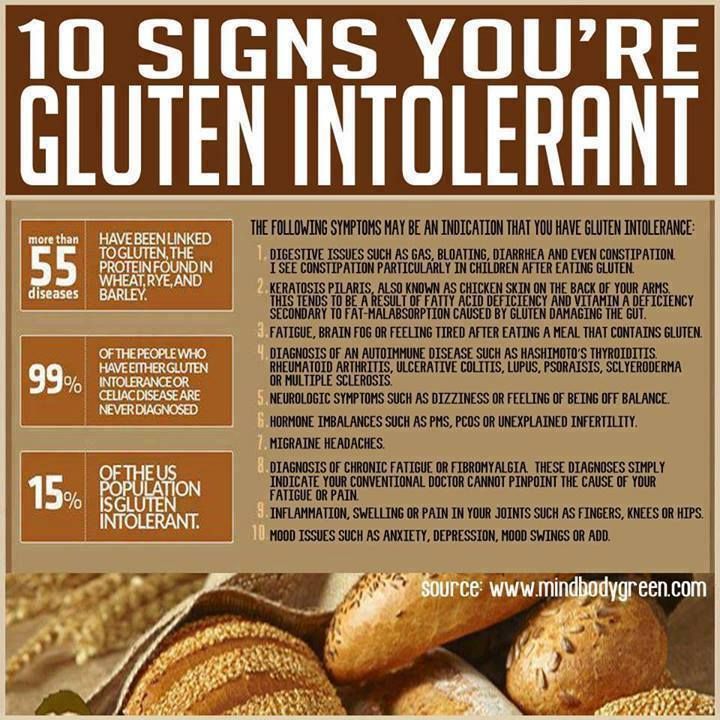
Some human populations have evolved ‘lactase persistence’ and will continue making lactase. This means they can digest milk and dairy products as adults (Mattar et al, 2012).
Secondary lactose intolerance
Secondary lactose intolerance is caused by a problem in the small intestine. It may be a temporary condition that can result from something disturbing the gut, such as gastroenteritis (a tummy bug) or a long course of antibiotics (NHS, 2019b).
The NHS suggests that parents continue to give their baby their usual milk. With an older child, parents may wish to exclude solid foods containing dairy products while the gut is recovering (NHS, 2019b).
Congenital lactose intolerance
This is a very rare inherited condition which means a baby will not produce any lactase (NHS, 2019b). It causes abdominal pain, diarrhoea, flatulence and/or bloating.
This will be picked up in the early days after a baby is born and they will be prescribed a special formula milk (First Steps Nutrition Trust, 2019).
Developmental lactose intolerance
Some babies born before 37 weeks of pregnancy may not yet be producing a lot of lactase. This will usually improve as the baby gets older (NHS, 2019b).
What should I do if I suspect a food intolerance?
If you think your child has a food intolerance, you can speak to your GP. A breastfeeding counsellor on our Infant Feeding Support Line may also be able to help (8am-midnight): 0300 330 0700.
Always check with your GP before eliminating foods from your child’s diet in the long term (NHS, 2019c). Most children who have primary or secondary lactose intolerance can consume small amounts of lactose without experiencing symptoms.
You may be referred to a dietician for nutritional advice because it’s important for young children to have certain nutrients in their diet.
How to cope emotionally
If your little one has symptoms of a food intolerance, it can be very stressful. For practical and emotional support you can contact our Infant Feeding Support Line (8am-midnight): 0300 330 0700.
You can read about one mum's experience of having a child with food allergies and reflux here.
Your GP will be able to help you work out what may be causing your child’s symptoms and refer you to a specialist if necessary (NHS, 2019c).
While it can be tough getting to the bottom of the cause, most intolerances are mild and can be managed. Food manufacturers are getting better at catering for people with food allergies and intolerances, so there’s now more choice available.
This page was last reviewed in December 2021.
Further information
Our support line offers practical and emotional support with feeding your baby and general enquiries for parents, members and volunteers: 0300 330 0700.
You might find attending one of our Early Days groups helpful as they give you the opportunity to explore different approaches to important parenting issues with a qualified group leader and other new parents in your area.
Make friends with other parents-to-be and new parents in your local area for support and friendship by seeing what NCT activities are happening nearby.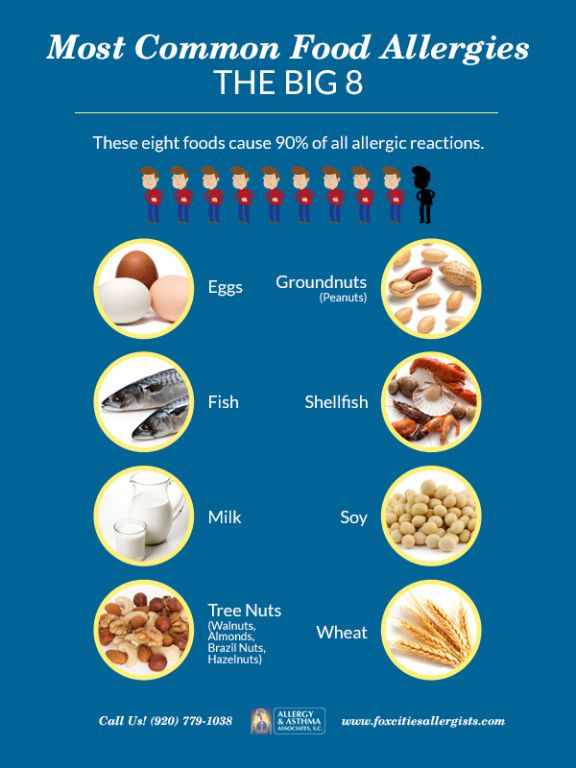
Act On Cows’ Milk Allergy
Anaphylaxis Campaign
National Eczema Association
Asthma UK
Food allergy vs. food intolerance: What is the difference and can I prevent them?
What is an allergy?
An allergy happens when a person’s immune system treats a substance (allergen) like an inappropriate invader. The body will try to protect itself by releasing a chemical into the body called histamine. This chemical is what causes the symptoms that are unpleasant or even dangerous. The reaction can start very suddenly, even after being exposed to a small amount of the allergen.
Allergens can get into the body in different ways. They can be:
- inhaled (such as dust or pollen),
- ingested as food (some common ones are nuts, eggs or shellfish),
- ingested as medication (such as penicillin),
- injected by an insect sting (like a bee or wasp venom), or
- absorbed through the skin (such as poison ivy).
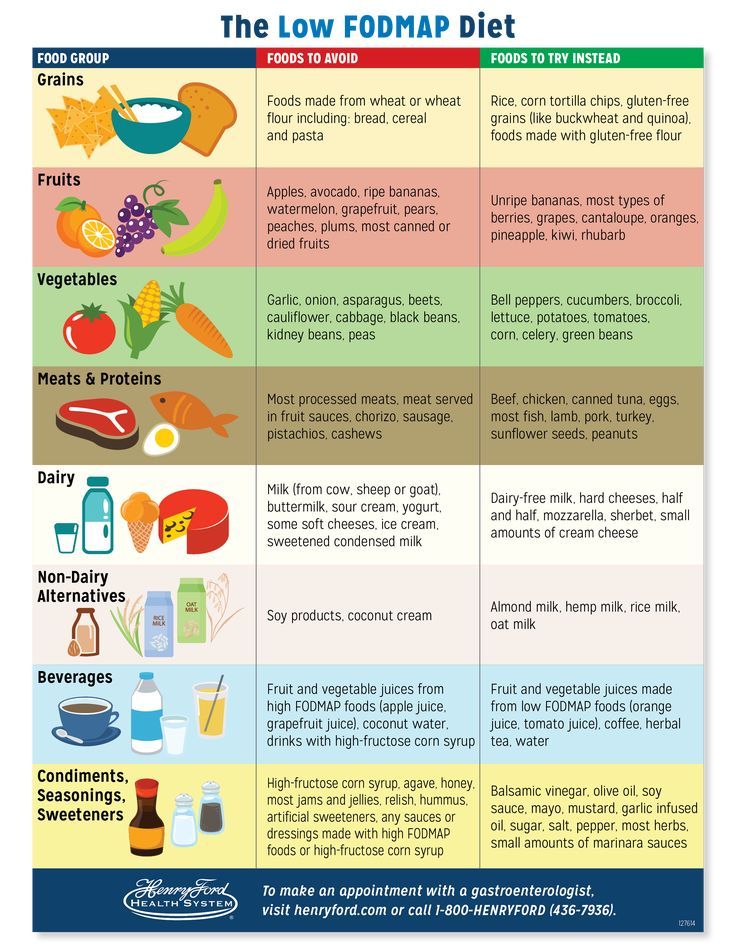
What foods are common allergens?
Any food can trigger an allergic reaction, but the most common are:
- peanuts
- tree nuts
- eggs
- shellfish
- fish
- milk
- soy
- wheat
Are there any foods I should avoid while breastfeeding to prevent my child from getting allergies?
You don’t need to avoid milk, egg, peanut or other foods while breastfeeding. There is no evidence that avoiding certain foods will prevent allergy in your child.
Is there a particular formula I should use to prevent allergies?
If breastfeeding is not an option or if you choose not to breastfeed, use a store-bought iron-fortified infant formula for the first 9 to 12 months. The formula should be cow’s milk-based. There is no evidence that soy-based or hydrolyzed formula will prevent your child from developing an allergy.
Should I wait to offer common food allergens to my baby for the first time?
- Don't delay.
 In infants at low risk for food allergy, common food allergens can also be introduced at around 6 months of age to try to prevent an allergy.
In infants at low risk for food allergy, common food allergens can also be introduced at around 6 months of age to try to prevent an allergy. - For children considered at high risk of developing an allergy (e.g., they have a parent or sibling with an allergic condition, or they have other allergies, such as eczema), consider introducing common food allergens at around 6 months of age, but not before 4 months.
- When introducing foods that are common food allergens, try offering no more than 1 per day. Wait 2 days before you introduce another. This makes it easier to identify a food that may have caused a reaction.
- Once you offer these foods to your child, it’s important to continue to offer them on a regular basis.
- If you have concerns, speak to your health care provider.
How will I know if my child has a food allergy?
Most often, your child will have to eat a food more than once before you know they are allergic. For example, the first time your child is exposed to nuts, there will probably be no reaction. If they develop an allergy to nuts, the next exposure could be more serious.
For example, the first time your child is exposed to nuts, there will probably be no reaction. If they develop an allergy to nuts, the next exposure could be more serious.
What are the signs of an allergic reaction to food?
An allergic reaction can affect many different body parts. Symptoms can include:
- itchy mouth and throat when eating certain foods,
- hives (raised red, itchy bumps on the skin),
- stomach trouble (diarrhea, cramps, nausea, vomiting),
- swelling of the face or tongue, or
- trouble breathing.
What is anaphylaxis?
Allergic reactions can be very serious, even life-threatening. In rare cases, a child may have a rapid and severe reaction to an allergen. This is called anaphylactic shock or anaphylaxis. It can happen within minutes or up to 2 hours after being exposed to an allergen.
What are the symptoms of anaphylaxis?
A severe allergic reaction can cause:
- difficulty breathing,
- swelling of the face, throat, lips, and tongue (in cases of food allergies),
- rapid drop in blood pressure,
- dizziness,
- unconsciousness,
- hives,
- tightness of the throat,
- hoarse voice,
- lightheadedness.
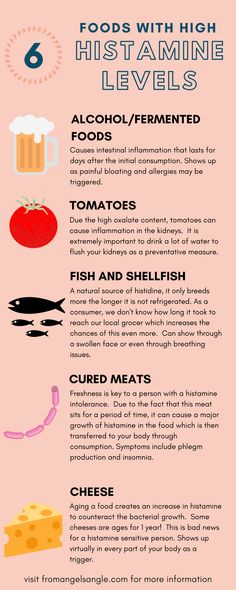
If any of these happen to your child, go the nearest emergency department or call 911 immediately.
Do children outgrow food allergies?
Many children outgrow food allergies, especially if the allergy started before age 3. Allergies to milk, for example, will usually go away. However, some allergies, like those to nuts and fish, probably won’t go away.
What is food intolerance?
Food intolerance is different from an allergy. It is not caused by an immune reaction. Food intolerance will cause discomfort, but it’s not dangerous to your child.
How can I tell if my child has food intolerance?
Your child may experience bloating, loose stools, gas or other symptoms after eating a specific food. Even though this reaction is not dangerous, if it causes your child discomfort you might want to avoid those foods in the future.
What is lactose intolerance?
Lactose intolerance happens when the body doesn’t produce enough of the enzyme lactase to fully break down the sugar (lactose) found in most dairy products. It is rare in young children and usually only develops after 3 years of age. While some young children adjust to the lack of this enzyme, some will have problems for life.
It is rare in young children and usually only develops after 3 years of age. While some young children adjust to the lack of this enzyme, some will have problems for life.
If your child is lactose intolerant, you can give them the calcium they need by offering lactose-free or lactose-reduced milk.
While none of these items will provide enough calcium on their own, it’s also healthy to offer:
- fortified soy milk,
- yogurt,
- canned salmon and sardines with edible bones,
- oranges or fortified orange juice,
- broccoli,
- almonds, and
- pinto beans.
Many of these foods do not provide enough vitamin D. Talk to your doctor about whether a supplement of vitamin D would be right for your child.
When should I call the doctor?
It is hard to diagnose food allergies. If your child has a reaction to a food, you will need to see your doctor. Your doctor will refer you to an allergist for the right testing.
If a serious allergy is confirmed, your doctor may prescribe a medication (e.g. EpiPen or Allerject), a needle that will protect your child right away if they are exposed to the allergen.
More information from the CPS
Additional resources
Reviewed by the following CPS committees
- Allergy Section
- Community Paediatrics Committee
- Nutrition and Gastroenterology Committee
Last updated: March 2021
causes of individual indigestibility of fatty meat and fish
{{if type === 'partner-stocks'}}
{{/if}}
{{/if}} {{each list}}${this} {{if isGorzdrav}}
Delete
{{/if}}
{{/each}} {{/if}} Search by drug, disease, substance: DERMAKOSMETIKA, SOLGAR, R. O.C.S., Bifiform,
O.C.S., Bifiform, Home
Articles
Food intolerance symptoms, diagnosis, treatment
Food allergy is a common disease in developed countries, where people tend to eat a variety of foods, willingly try vegetables, fruits, spices grown on other continents. It is easily diagnosed: a few hours or minutes after contact with the allergen, well-defined symptoms appear: itching, redness of the skin, rashes, sneezing, fluid from the eyes and nose, swelling, shortness of breath, palpitations, etc. When an allergen enters the body, the immune system produces antibodies - IgE immunoglobulins. Allergy sufferers know which foods they should not eat, and when faced with an allergen, they can take an antiallergic drug.
Food intolerance
The immune system, having identified substances in the body that it defines as dangerous, harmful, can produce another type of immunoglobulin - IgG. There is not an allergy, but another disease - food intolerance. It is no less dangerous, but the symptoms of food intolerance do not appear immediately, but after a few days. And people do not associate stomach pain, rashes, peeling skin, itching, with foods eaten 2-3 days ago. But, if you often eat a product that is not absorbed by the body, the stomach, intestines, liver, kidneys suffer, general well-being worsens, diseases of the skin, nervous system may develop, overweight or underweight may appear.
The existence of food intolerances is questioned by some doctors, but two types of intolerances have been identified, supported by scientific evidence: lactose and gluten. If the body does not absorb lactose, there are pains in the stomach, diarrhea. If this is detected at an early age, at first the child's allergy medications are prescribed, then a diet that does not contain dairy products is indicated.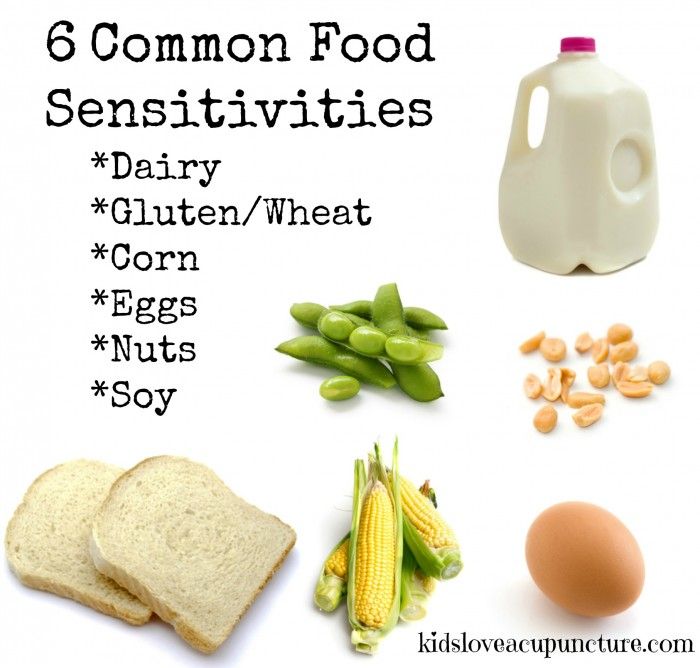 But disorders can appear in adults. Problems with the absorption of lactose have up to 30% of people over 30 years old. Lactose is also found in some alcoholic beverages, in confectionery, bakery products, and boiled sausages.
But disorders can appear in adults. Problems with the absorption of lactose have up to 30% of people over 30 years old. Lactose is also found in some alcoholic beverages, in confectionery, bakery products, and boiled sausages.
If the body does not absorb gluten, the symptoms of the digestive system are less pronounced. But latent intolerance leads to growth retardation in children, the development of osteoporosis, epilepsy, inflammatory processes and tumors in the intestines in adults. A latent course often has an inability of the body to digest meat, vegetables, fruits, and seafood.
Reasons for the prevalence of food allergies
Food intolerances that cause allergic reactions or the production of IgG immunoglobulins can be caused by various reasons:
- Diseases of the digestive system - with colitis, gastritis, pancreatitis, intolerance to fried, pickled, smoked, fatty foods appears.
- Disorders of the endocrine system, in which the production of certain enzymes is reduced.
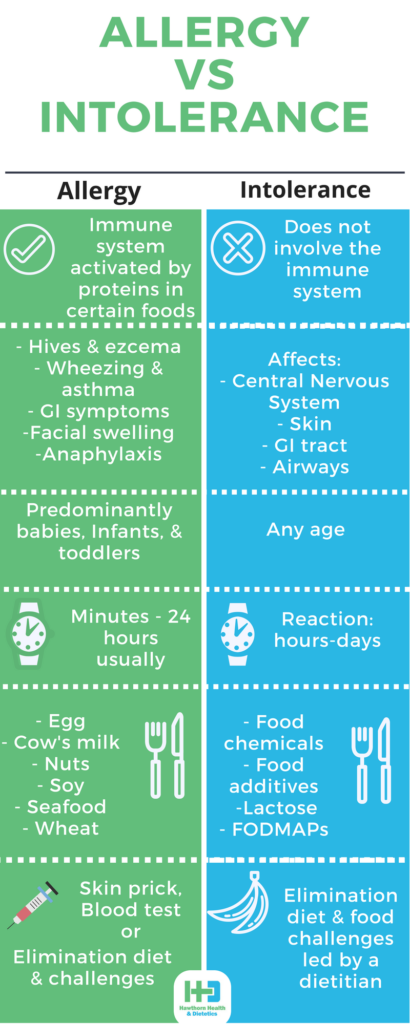 Newborns naturally feed on milk, and in many adults the production of the lactase enzyme is reduced, but due to genetic predisposition or for other reasons, the production of enzymes involved in the digestion of meat, chocolate, nuts, vegetables, fruits, grains may decrease.
Newborns naturally feed on milk, and in many adults the production of the lactase enzyme is reduced, but due to genetic predisposition or for other reasons, the production of enzymes involved in the digestion of meat, chocolate, nuts, vegetables, fruits, grains may decrease. - Intoxication of the body. When eating fast food, foods containing a lot of dyes, preservatives, flavors, emulsifiers, flavorings, detoxification slows down and the immune system is activated, it can perceive any food as dangerous and produce IgE or IgG immunoglobulins.
- Psychogenic rejection of certain foods. It can form in childhood with force-feeding, due to severe stress associated with a certain food, or in adults after receiving information (true or false) about a certain product, due to disgust.
- Autoimmune disorders - inflammatory processes develop in the intestinal mucosa.
Diagnosis of food intolerance
Differences from food allergy (long reaction time, possible absence of severe symptoms) makes it difficult to diagnose food intolerance.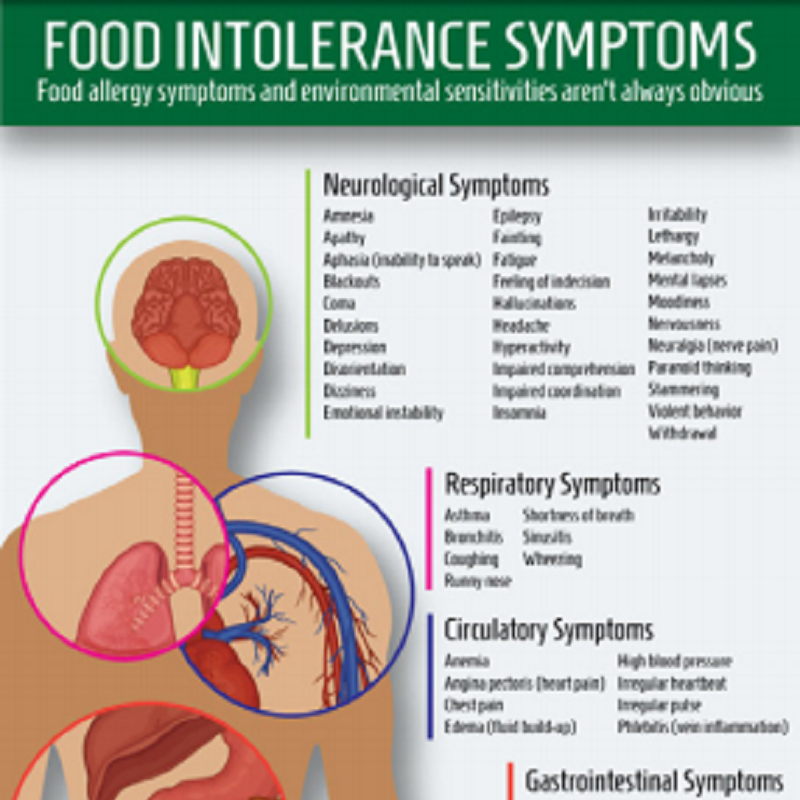 But this disease retards the growth and development of the child, worsens the well-being of adults, can cause severe diseases of the kidneys, liver, gastrointestinal tract, nervous system, skin diseases, the appearance of tumors, excess weight.
But this disease retards the growth and development of the child, worsens the well-being of adults, can cause severe diseases of the kidneys, liver, gastrointestinal tract, nervous system, skin diseases, the appearance of tumors, excess weight.
There are no reliable criteria for the diagnosis of this disease, except for lactose, gluten and fructose intolerance. The indigestibility of gluten and lactose is detected using special markers in the blood test, fructose - by the H2 breath test.
But it is necessary to exclude or confirm the indigestibility of individual products if instrumental and laboratory diagnostic methods do not allow diagnosing the disease with such symptoms:
- abdominal pain, bloating;
- frequent, unexplained indigestion;
- heartburn;
- flatulence;
- nausea;
- skin rash, skin redness, peeling, dryness, itching.
Latent food intolerance does not appear immediately after eating certain foods, the reaction may be after a few days. To identify which foods make you feel worse, you can keep a food diary, conduct diagnostic fasting, or use elimination diets.
To identify which foods make you feel worse, you can keep a food diary, conduct diagnostic fasting, or use elimination diets.
Food diary
Write down every day what foods you ate, how you feel, what unwanted symptoms you felt. After several weeks of observation, it is possible to reveal the latent intolerance of individual products, to understand after what period of time and how it manifests itself. After analyzing this information, the doctor will be able to prescribe treatment and give recommendations on dietary nutrition.
Diagnostic fasting
Diagnostic fasting is the refusal of food for 3 days. You can drink pure non-carbonated water, for example, Royal. If the patient's condition improves, stomach pains, skin rashes, itching disappear, which means that they are caused by a latent indigestibility of certain foods. It is detected by following elimination diets. But diagnostic fasting is contraindicated in patients under 18 years of age, suffering from chronic diseases, pregnant and lactating women.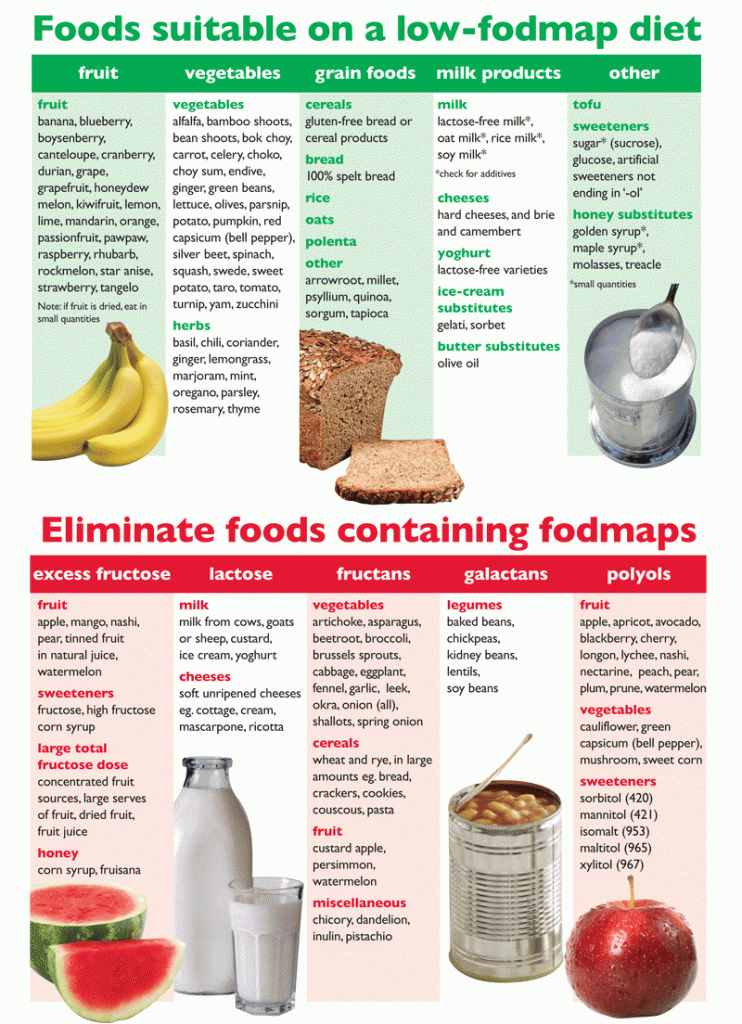
Elimination diets
A patient on an elimination diet eliminates one or more foods that have common properties (dairy, fruits, meat, baked goods, eggs, citrus fruits, etc.) from the diet for 2 weeks. If food that is not digested is excluded, the patient's well-being improves. It must be completely abandoned.
Treatment
Individual indigestion of lactose or gluten, identified using markers, requires a review of the diet. If the body does not absorb lactose, you need to abandon dairy products, ready-made confectionery, milk chocolate, boiled sausages.
If gluten is not digestible, pasta, bakery, confectionery, potatoes and other products containing starch (sauces, jelly), kvass, instant coffee, wheat and barley porridge are excluded from the diet. It is not advisable to eat processed cheese, canned meat and fish. But you can eat rice, buckwheat, corn, some products for diabetics, dishes made from fresh meat, fish.
If a reaction to meat is detected after fasting and an elimination diet, the conditions of the diet should be changed to find out if the body does not digest any meat or certain types.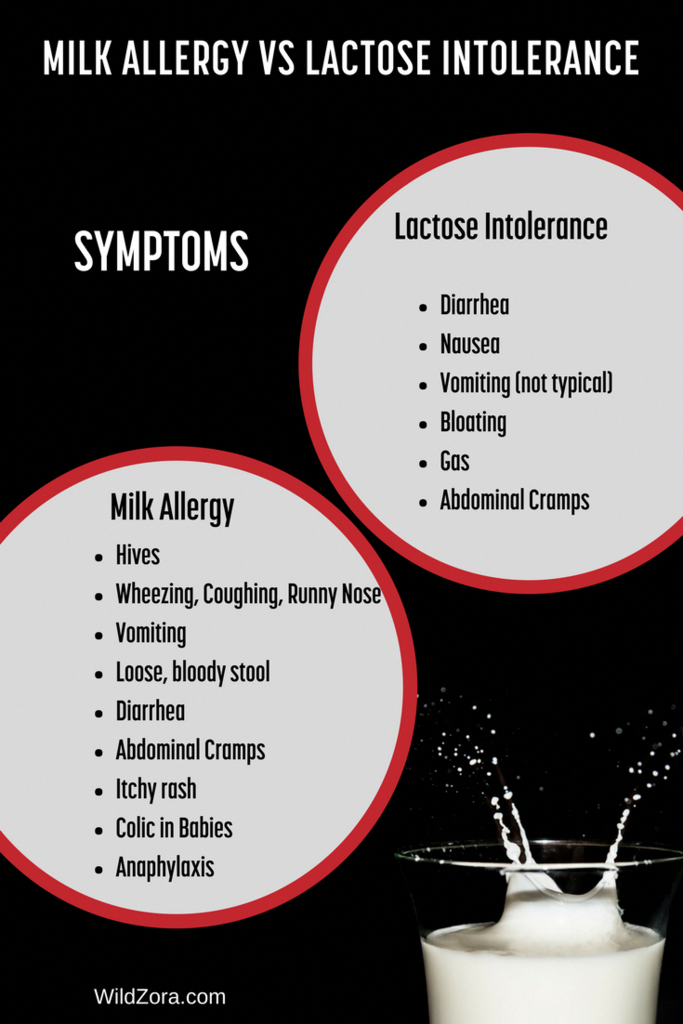 Some people cannot eat chicken, but after eating pork, lamb, or beef, there are no unpleasant symptoms. But there may be intolerance to food containing animal proteins. Then you will have to give up meat, fish, dairy products.
Some people cannot eat chicken, but after eating pork, lamb, or beef, there are no unpleasant symptoms. But there may be intolerance to food containing animal proteins. Then you will have to give up meat, fish, dairy products.
If the H2 breath test reveals that the body does not digest fruit. From the diet, you need to exclude not only fresh fruits, but also juices, dried fruits, wines, jams, jams, desserts with fresh fruits or fructose.
Medical therapy
Medical therapy supplements the diet. It will help to eliminate the consequences that the intolerance caused. To speed up the cleansing and recovery of the gastrointestinal tract, quickly remove itching, skin rashes, patients take adsorbents for a short time. With severe pain symptoms, fever, anti-inflammatory drugs are used. Enzymes are prescribed to improve the functioning of the stomach and liver. Probiotics will help restore the normal microflora in the intestines.
Due to the exclusion from the diet of cereals, meat, fish, fruits, vegetables, the body may experience a lack of vitamins and minerals.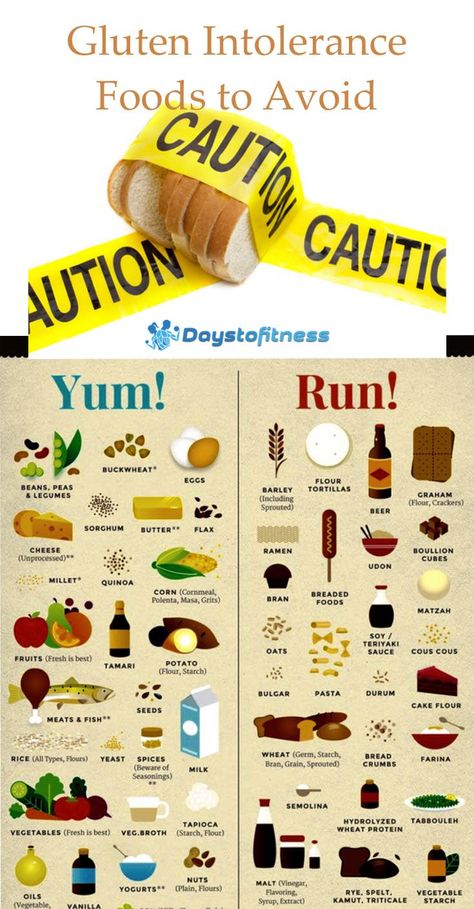 It is replenished with the help of pharmacy vitamins, trace elements. But they should not be taken without a doctor's prescription. An excess of vitamins is no less dangerous than their lack. Be sure to consult your doctor before taking any medications and vitamin complexes.
It is replenished with the help of pharmacy vitamins, trace elements. But they should not be taken without a doctor's prescription. An excess of vitamins is no less dangerous than their lack. Be sure to consult your doctor before taking any medications and vitamin complexes.
Food intolerance diagnosis and treatment
What is food intolerance?
Under food intolerance doctors mean a whole range of symptoms - diarrhea, flatulence, skin rashes, abdominal discomfort, developing after eating any food.
All these symptoms appear as a result of an incorrect reaction of the immune system: a certain food is perceived as a foreign agent (antigen) and causes the production of protective components (antibodies).
However, food intolerance should not be confused with food allergy.
How is a food intolerance different from a food allergy?
Allergic reactions produce IgE antibodies and repeated exposure to the same allergen results in a super fast defense reaction (often within minutes).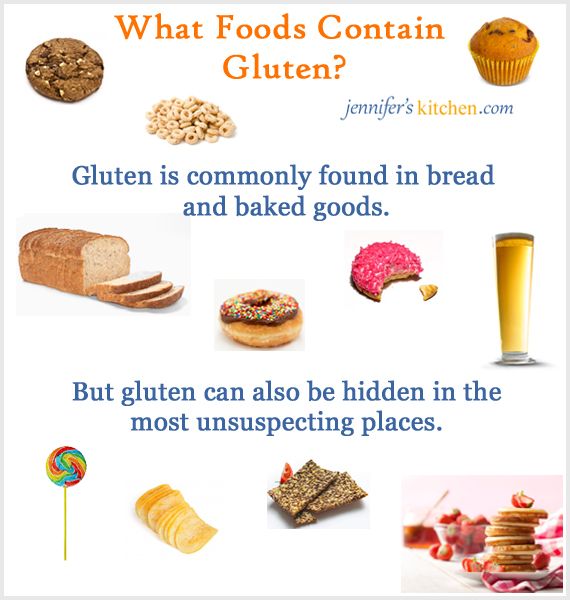 It is manifested by redness and rashes, itching of the skin, respiratory failure, vomiting, and even Quincke's edema.
It is manifested by redness and rashes, itching of the skin, respiratory failure, vomiting, and even Quincke's edema.
Whereas food intolerance produces other antibodies - IgG , and the protective reaction of the body will be slow (it will develop after a few hours or even days). That is why it is extremely difficult to independently identify a causal relationship between the product used and the disturbing symptoms. To identify this pattern, it is necessary to keep a daily food diary, but to simplify the diagnosis of this condition, you can conduct a blood test for IgG intolerance to major food allergens.
Sometimes the smallest piece of food is enough for a person to develop a food allergy, and the amount of food can vary to trigger a cascade of food intolerance.
The incidence of true food allergy is not as high as many doctors believe, it is about 1.5% of the population. While chronic recurrent diseases of the digestive system are accompanied by true food intolerance in 25-35% of cases.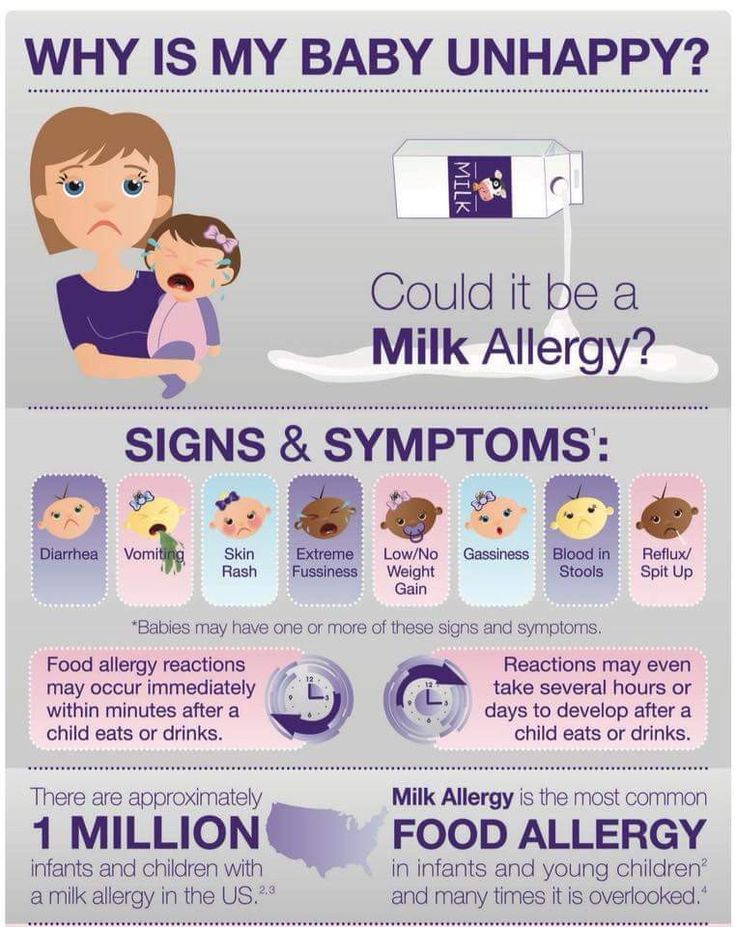
How does a food intolerance manifest itself?
Food intolerances are more likely to develop in people with severe allergic backgrounds, however, anyone can develop food intolerances. Many people are not even aware that they have a food intolerance, and poor health after eating is associated with its quality, not the type of product.
Signs of food intolerance do not appear immediately after eating food, but after a certain period of time from several hours to two days. Most often, food intolerance manifests itself in the form of gastrointestinal disorders, but due to an increase in the level of class G antibodies in the blood, other ailments may appear:
- from the gastrointestinal tract - abdominal pain, nausea, bloating, constipation or diarrhea, heartburn, belching;
- on the part of the skin - dryness, rashes, itching;
- among the common symptoms - pain in the joints and muscles, dizziness, headaches, weakness and fatigue, malaise.
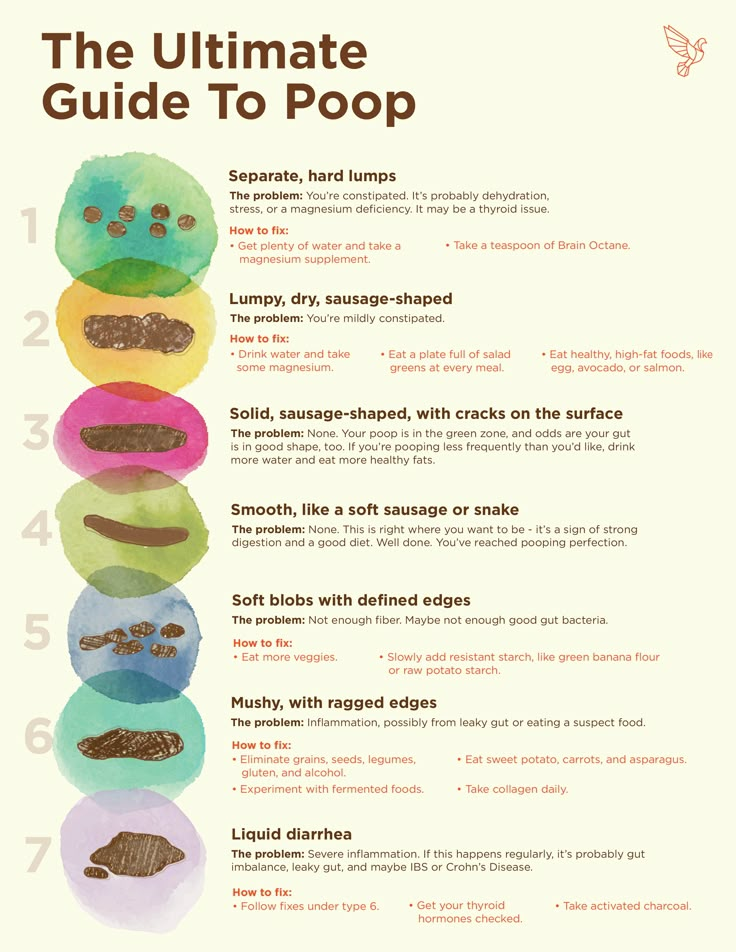
How can you tell if you have a food intolerance and why is it dangerous?
An elimination diet and a food diary can be used to detect food intolerance. This is a long and complicated method. Therefore, to determine food intolerance, a complex analysis of food intolerance with the determination of IgG antibodies to the most common food products is currently used. Using the analysis data, based on a detailed clinical examination and the patient's personal feelings, the doctor can choose an individual diet without risk to health and side effects.
Prolonged use of foods that cause intolerance can cause not only unpleasant symptoms of a gastrointestinal disorder, but a deterioration in the functioning of the whole organism. Due to food intolerance, various intestinal diseases, skin problems, general malaise and many other health problems can occur.
What treatment is needed?
The level of IgG as an indicator of the intensity of immunity indicates the possibility of disruption of protective reactions with a massive intake of antigens.




